Introduction

In 1979 Nikon released a lineup of cheaper manual focus lenses called “Series E” instead of “Nikkor”. Today we will have a closer look at the Nikon 50mm 1.8 Series E, probably the most popular lens of that series and definitely the smallest.
Sample Images

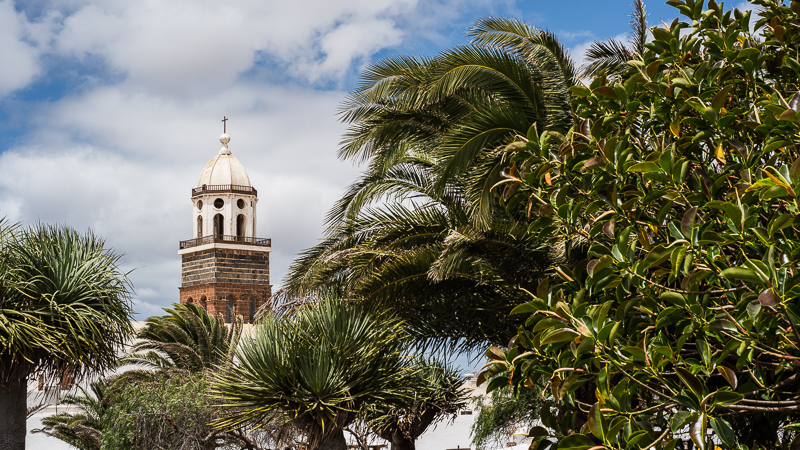
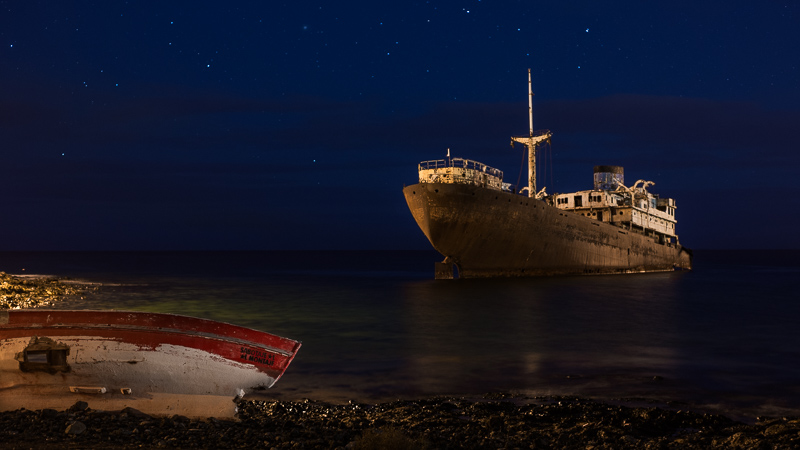

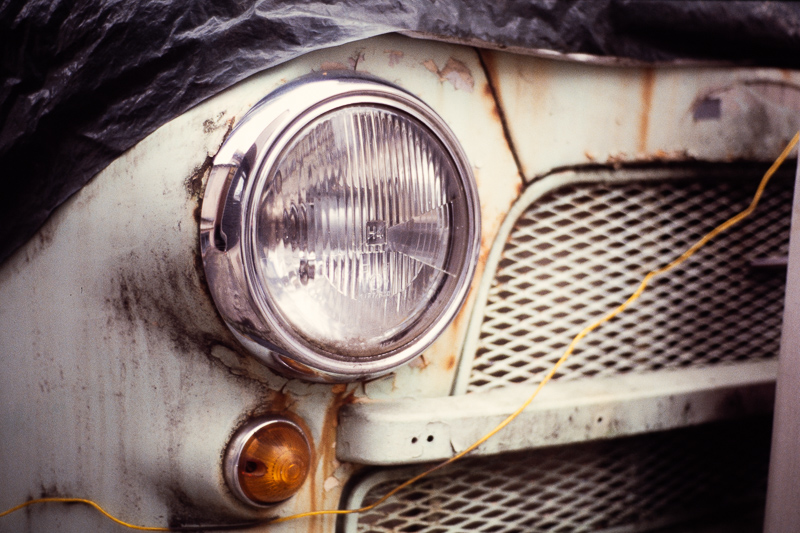
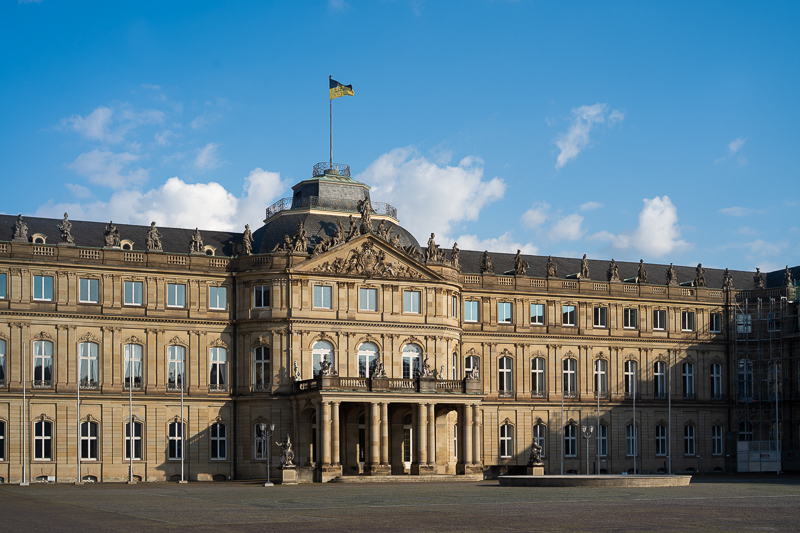
Most of the sample images in this review can be found in full resolution here.
Contents
Specifications
This 50mm 1.8 Series E comes in two different versions. This is a later one that features a chrome ring and is closer in design to the Ai Nikkors. Its full specifications are:
-
- Diameter: 62 mm
- Field of view: 46° (diagonally)
- Length: 28 mm
- Weight: 156g (without caps)
- Filter Diameter: 52 mm
- Number of Aperture Blades: 7 (mostly straight)
- Elements/Groups: 6/5
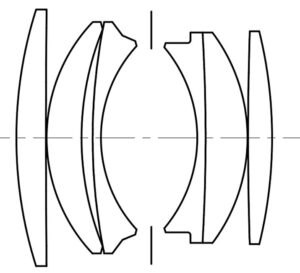
- Close Focusing Distance: 0.6 m
- Maximum Magnification: 1:9.3 (measured)
- Mount: Nikon F
buy from ebay.com | ebay.de (affiliate links) starting at $60
History
If you want to know more about the development and the history of this lens you should first have a look at Nikkor – The Thousand and One Nights – No. 60: Nikon Ai Nikkor 50mm 1.8S.
While that article officially addresses the Nikon Ai Nikkor 50mm 1.8S, it also covers this Nikon 50mm 1.8 Series E, as apparently both lenses feature the same optical design, only coatings and casing design differ.
The goal here was to design an as-compact-as-possible 50mm 1.8 lens as kit lens to ship with the Nikon EM introduced in 1980 as cheaper alternative to the FM/FE series in some parts of the world.
Nikon made a whole lot of these, 2.2 million of the two Series E versions combined alone.
Handling/Build Quality
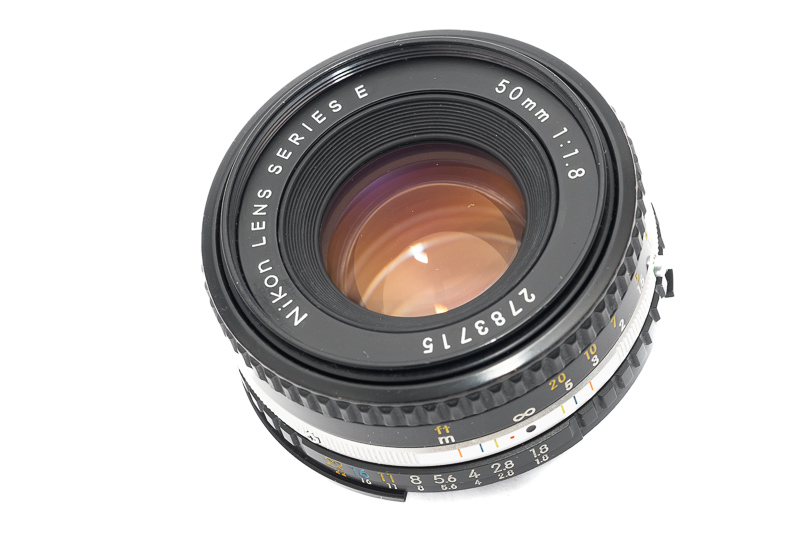
This later Nikon 50mm 1.8 Series E looks just like one of the “higher grade” Nikon’s Ai(-S) lenses: silver ring, engraved writings, colorful aperture stops and DoF scale.
The aperture ring is also typical for Nikon’s lenses: equidistantly spaced full-stop click stops and the aperture ring close to the camera body. The aperture ring can be moved very slightly past the f/1.8 mark, which I am not a huge fan of.
The focus ring has a very nice and even resistance. It takes around 160° from the minimum focus distance of 1.0 m to infinity.
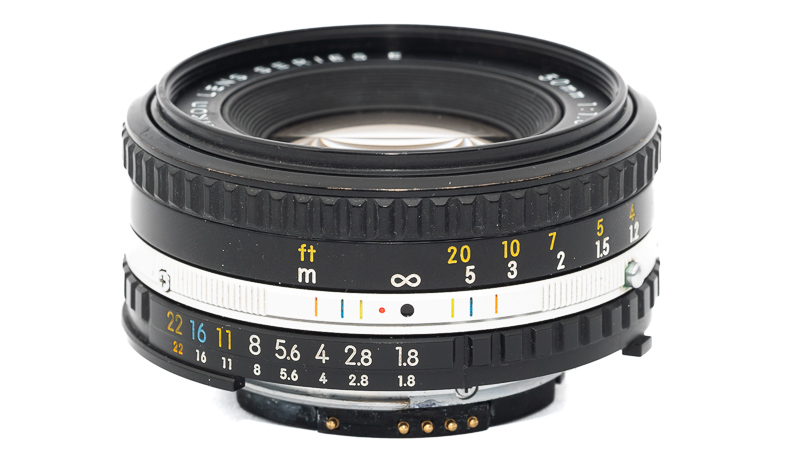
This sample has actually been retrofitted with a Dandelion chip by its previous owner, usually this lens comes without electronic contacts of course.

This is a very small 50mm 1.8 lens and it has the 52mm filter thread, which was very common among Nikon’s manual focus lenses.
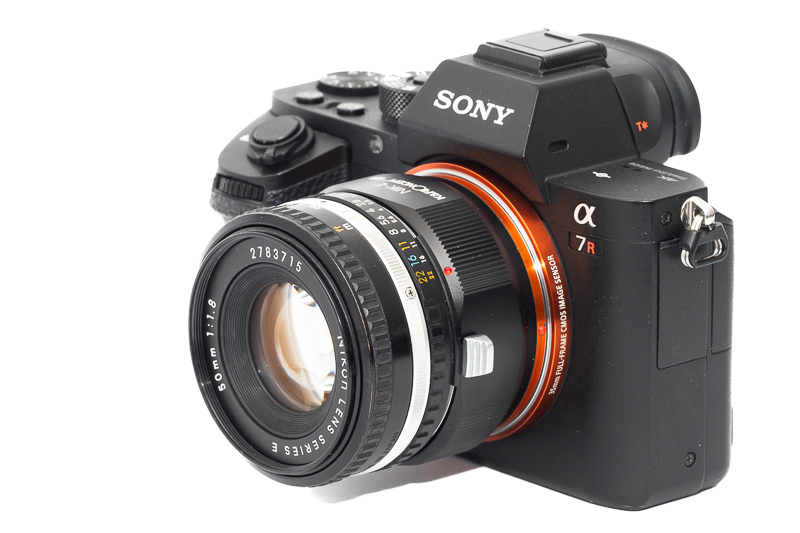
This lens can easily be adapted to all kinds of today’s mirrorless cameras. Like many of the small SLR lenses it looses some of its appeal when paring it with an adapter which is bigger than itself – especially compared to a lens like the TTArtisan 50mm 2.0.
Vignetting
Light falloff

| f/1.8 | 2.1 EV |
| f/2.0 | 2.0 EV |
| f/2.8 | 1.2 EV |
| f/4.0 - f/22 | 0.6 EV |
The vignetting figures are average for a lens with these parameters. The Nikon AF-S 50mm 1.8G shows slightly less vignetting, the 7Artisans 50mm 1.8 AF slightly higher and the TTArtisan 50mm 2.0 way higher.
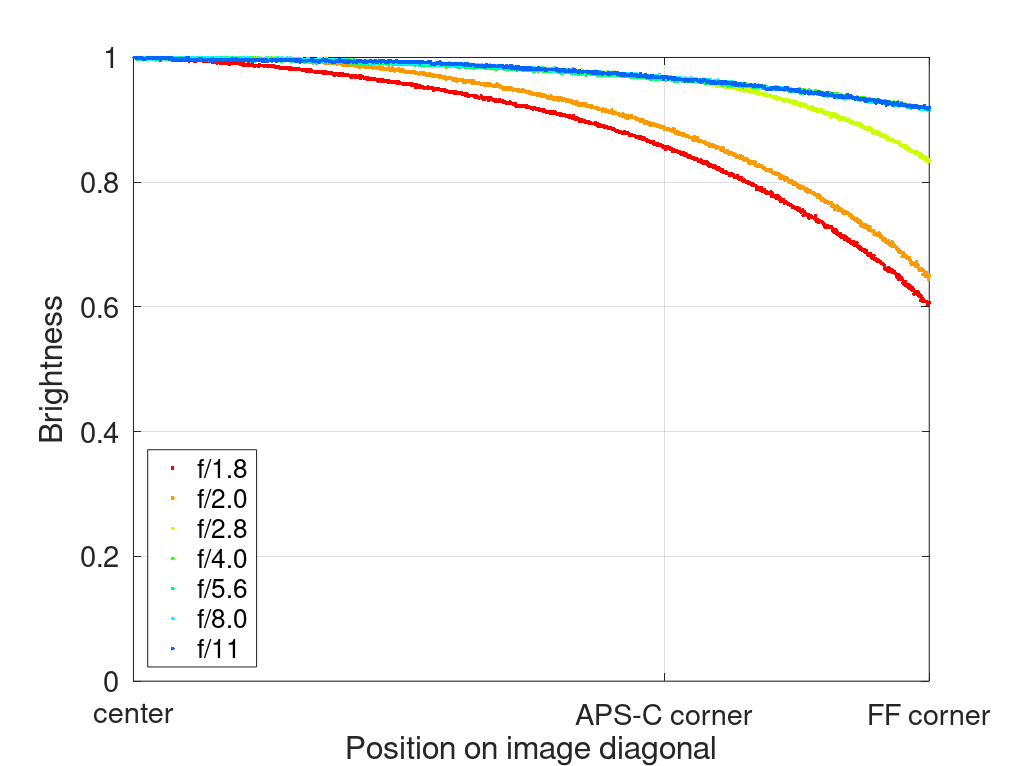
It is recommended to have a look at this article first to get an idea how this brightness graph works.
Optical vignetting
Fast lenses usually show a significant amount of optical vignetting. Without going too much into technical details optical vignetting leads to the truncation of light circles towards the borders of the frame.
In the center of the frame almost every lens will render a perfect circle, but only lenses with very low optical vignetting will keep this shape in the corners.
So in the following comparison we move from the center (left) to the extreme corner (right) and see how the shape of the light circle changes.
As we have seen many times the physical size of the lens and the amount of optical vignetting is not only directly related. Here we definitely see a medium amount of optical vignetting, especially compared to the TTArtisan 50mm 2.0 designed for mirrorless cameras, which shows almost none.
This lens features a diaphragm made of 7 straight aperture blades, so stopped down the light points become edgy heptagons. It also looks like the alignment of the blades isn’t perfectly accurate – a common “feature” of many of Nikon’s lenses produced from the 1980s to 2010s.
Sharpness
Focus Shift
It looks to me like the depth of field mainly extends to the back on stopping down from f/2.8 to f/4.0 – a clear sign of focus shift – but luckily the subject does not seem to drop out of the focal plane.
infinity (42mp Sony A7rII)
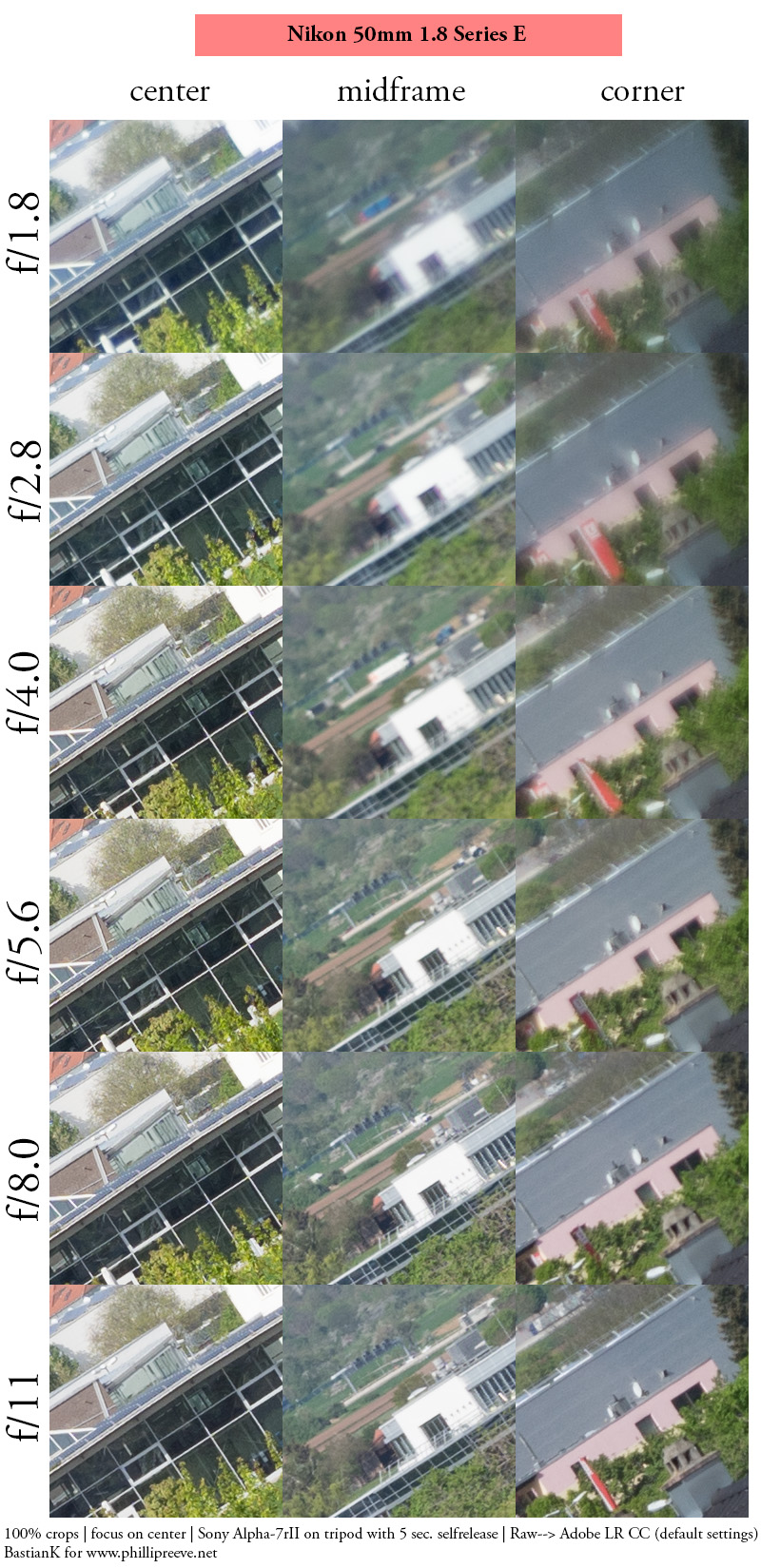

The performance here is very typical for a vintage 50mm 1.8 lens: generally a bit soft at f/1.8, midframe and corners benefit a lot from stopping down and by f/8.0 to f/11 the across frame performance is even very good at f/11.
The even more compactTTArtisan 50mm 2.0 actually shows a similar performance. The 30 years younger Nikon AF-S 50mm 1.8G clearly looks better: less soft at f/1.8 and and very good across frame already at f/4.0.
Today we also have very complex 50mm 1.8 lenses that show an impeccable performance from f/1.8, like the Nikon Z 50mm 1.8 S, but those are not only much bigger, but also way more expensive.
portrait distance 1.4 m (42mp Sony A7rII)
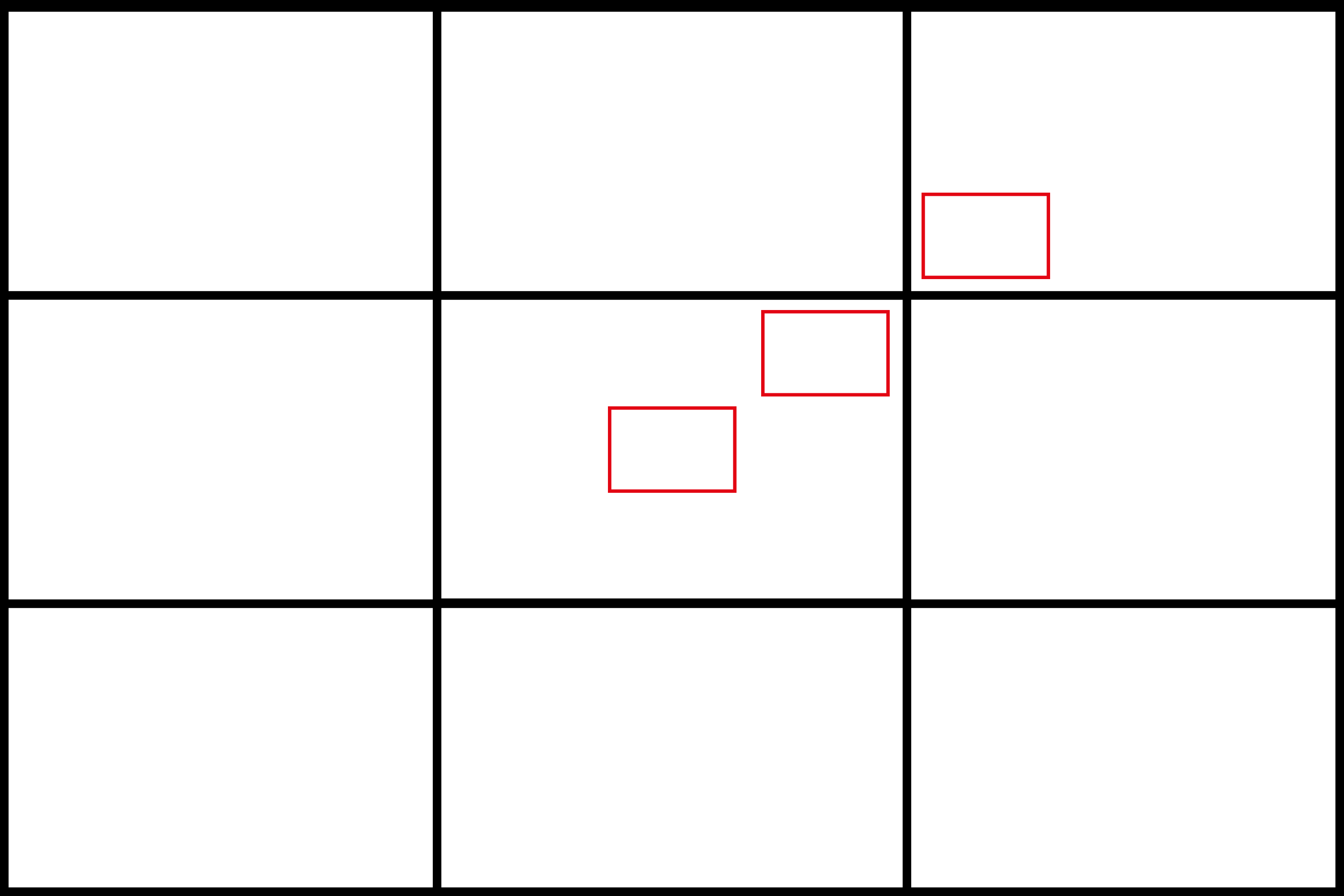
I refocused for every shot and aperture to get the best possible result at different locations in the frame (center, inner midframe and outer midframe).
The circle of the dollar bill is more or less the size of a human eye.
f/1.8 <—> f/2.8
Also here we see a typical performance: a bit softer at f/1.8, but very good at f/2.8.
Here the compact TTArtisan 50mm 2.0 actually looks a bit better. The Nikon AF-S 50mm 1.8G also looks slightly better when it comes to contrast, but the difference off center is not that huge. Also here the latest and greatest 50mm 1.8 lenses like the Nikon Z 50mm 1.8 S show an impeccable performance and look amazing from f/1.8.
close 0.6 m, 1:9.3 (42mp Sony A7rII)
This Nikon 50mm 1.8 Series E is a simple unit focus design so it can only really be optimized for one distance. Surprisingly it does pretty well at close distances. At f/1.8 it only looks barely worse than at f/2.8. That being said, the TTArtisan 50mm 2.0 barely looks worse. Interestingly the Nikon AF-S 50mm 1.8G does look a bit worse and demands stopping down a bit for crisp results at these distances.
Flare resistance
Nikon themselves said that they used inferior coatings for these Series E lenses. That doesn’t bode well for the performance in this category…
At its maximum aperture ghosting surely is an issue. It doesn’t really matter where the strong light source is located, it is very easy to catch frame filling artefacts.
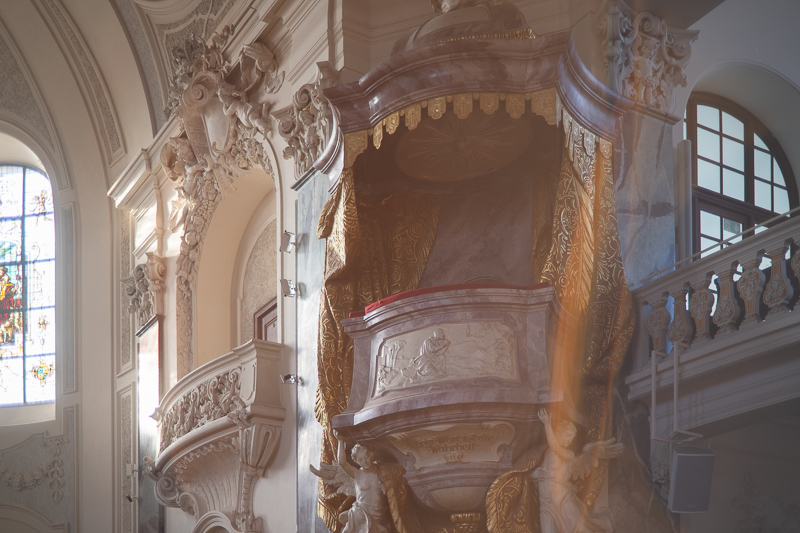
The sample above is one of those worst case scenarios.
Stopped down the ghosts are a little smaller, with the light source close to the edge of the frame we also see some veiling flare.
To be fair, considering its very cheap price and the age of this lens I cannot complain too much here, but this still ain’t a great performance.
Coma
If there is something these rather simple double gauss lenses are not good at, it is correcting Coma at wider apertures. At f/1.8 we see big artefacts and also f/2.8 doesn’t look particularly good. It really takes stopping down to f/5.6 for a good performance here.
This is a category where modern lenses with aspherical elements perform significantly better. One such example is the Nikon AF-S 50mm 1.8G. It is also very affordable but thanks to its aspherical element it creates significantly smaller artefacts in the f/1.8 to f/2.8 range.
Distortion

Designed for film SLRs, this 50mm 1.8 Series E hardly shows any distortion.
Bokeh

These days there are 50mm lenses readily available that are much faster than f/1.8 and this being a rather simple and compact double gauss lens without any special elements, I am not expecting greatness from it here.




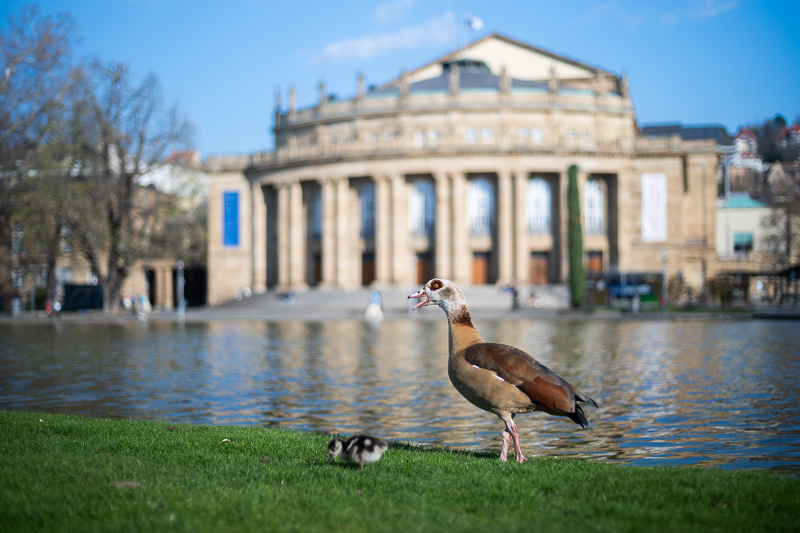
The word I find best fits this 50mm 1.8’s bokeh rendering is expedient. It doesn’t look particularly nice or special to me and there are many different 50mm lenses readily available that either create a more pleasing look (e.g. the Nikon AF-S 50mm 1.8G) or offer a specific rendering (e.g. the Meyer Optik Görlitz 50mm 2.9 with its soap bubble bokeh).


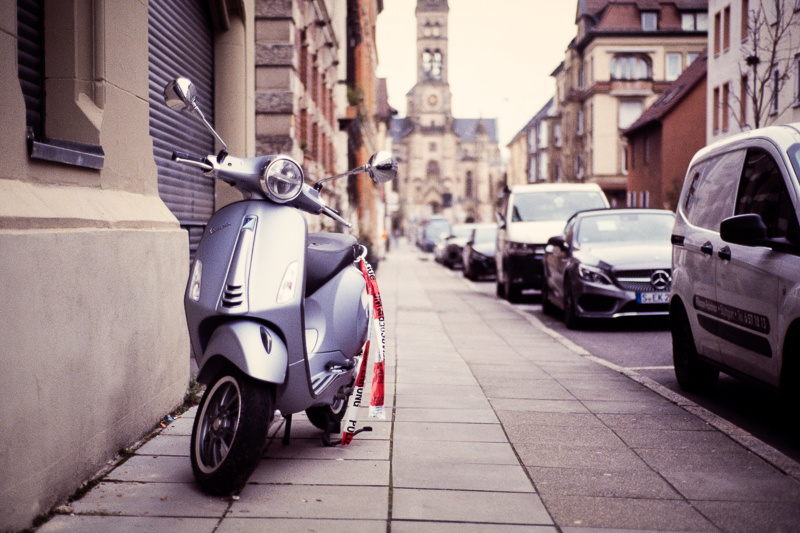
I generally find film (and this is what this lens has been designed for) more forgiving when it comes to bokeh rendering and that is also the case here.
Long story short: to me this Nikon 50mm 1.8 Series E does not create a memorable or desirable bokeh.
Sunstars
With its 7 straight aperture blades this Nikon lens creates comparably well defined sunstars from f/5.6 to f/22.
If you want to know more about sunstars have a look at this article.
Chromatic aberration
Lateral
Double Gauss designs often correct lateral CA very well and that is also the case here, so I don’t really have something to show you here.
Longitudinal
If you already read one of my other reviews of a fast older Nikon lens you probably already know how this will play out: this lens produces strong longitudinal CA at the maximum aperture. Stopping down to f/2.8 is also not enough to get rid of them and even by f/4.0 we still see some.
When it comes to purple fringing the situation is similar. Pretty strong at f/1.8, much better at f/2.8 and almost gone by f/4.0.
Conclusion
good
|
average
|
not good
|
Talking about the optical performance, this Nikon 50mm 1.8 Series E performs absolutely typical for a 50mm 1.8 double gauss SLR lens designed between the 1970s to 1990s: not bad but also not great at f/1.8 with somewhat busy bokeh and rather strong Coma and longitudinal CA, average flare resistance, but also low distortion and a very low price.
The benefit of this specific Nikon lens is, that it is one of the smaller 50mm 1.8 lenses and also the smallest f/1.8 lens for the F-mount I am aware of, therefore it is a nice fit to Nikon’s manual focus SLRs like the FM, FE or EM series.
I find it hard to recommend if you are just looking for an easy to use 50mm 1.8 lens for one of today’s mirrorless cameras though, there are better options available that won’t break the bank either.
buy from ebay.com | ebay.de (affiliate links) starting at $60
Alternatives
When it comes to 50mm 1.8 lenses there are nearly endless alternatives and generally all these legacy SLR ones perform very similar. So I decided to talk about two more modern alternatives here which are also very affordable.
Nikon AF-S 50mm 1.8G
Released 30 years later there have clearly been some improvements. The 50mm 1.8G features an aspherical element and generally performs better at f/1.8, in pretty much every category, and also creates a smoother bokeh. Its only disadvantages are higher distortion and the lack of the aperture ring, which is important, if you intend to use it on an older analogue camera.
buy from Amazon.com | Amazon.de | ebay.com | ebay.de | B&H (affiliate links) for $197 (new) or starting at $100 (used)
TTArtisan 50mm 2.0
The TTArtisan 50mm 2.0 is to me the nifty-fifty of the mirrorless era. It actually doesn’t perform much better than this old Nikon lens in most categories, but keeping in mind you don’t need an adapter it is much smaller when used on a mirrorless camera and it can be bought for just $69 new.
buy from TTArtisan | Amazon | ebay.com | B&H for $69 (affiliate links)
Sample Images


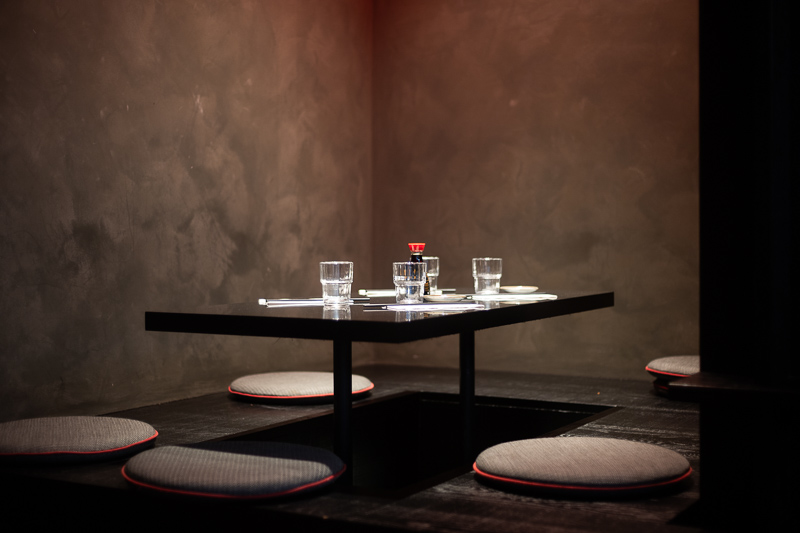



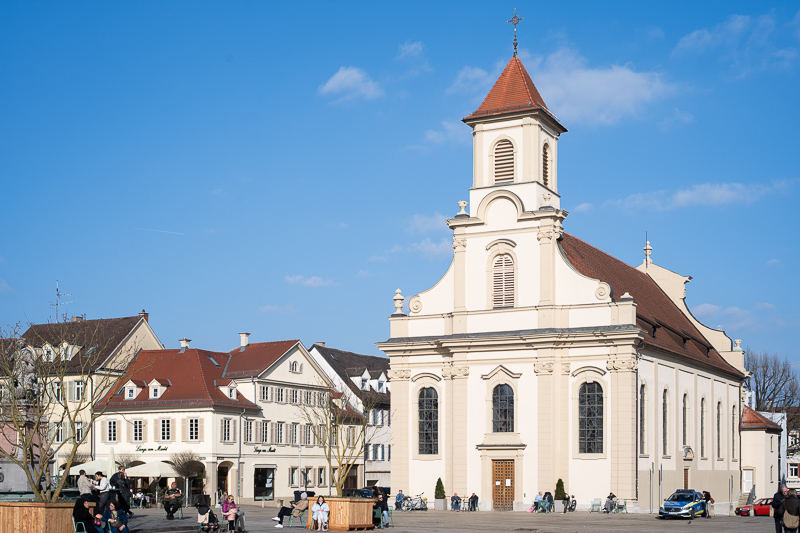
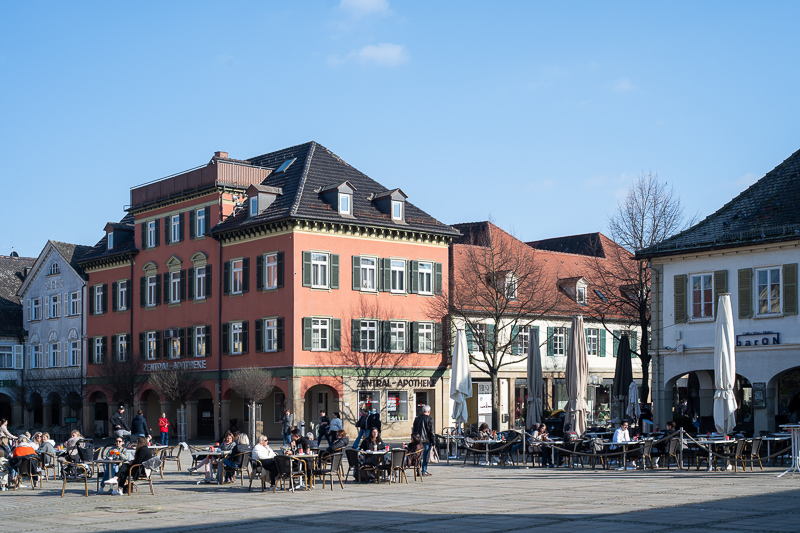

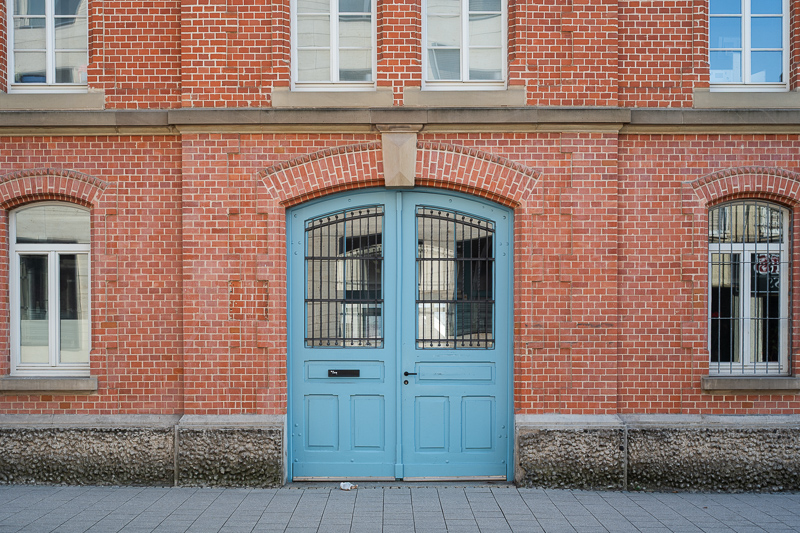

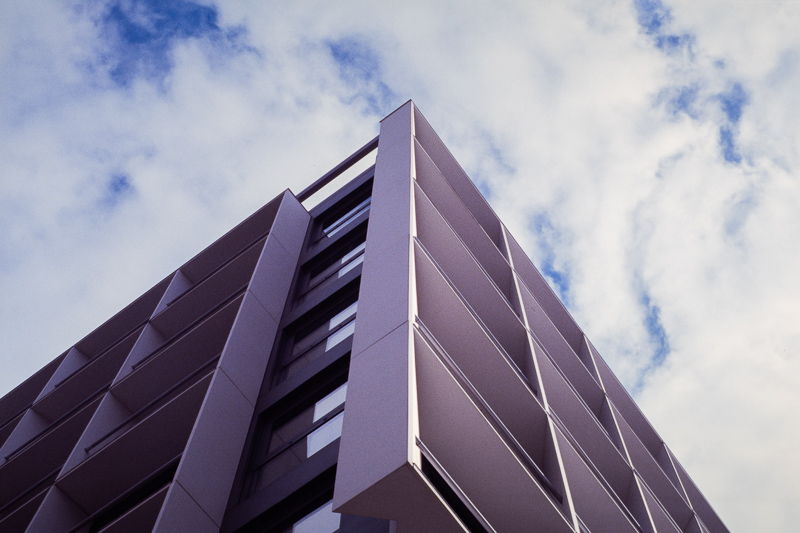
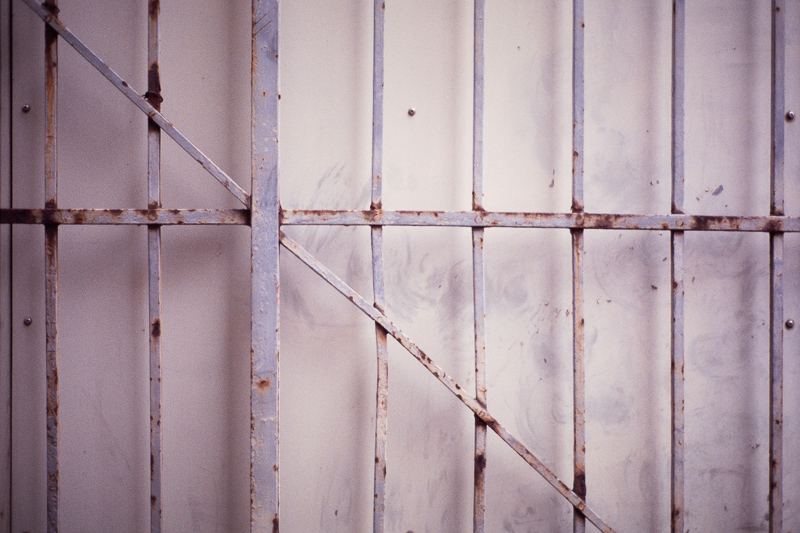
Most of the sample images in this review can be found in full resolution here.
Further Reading
- All Lens Reviews
- Guide: the best Fullframe lenses from China
- Review: Nikon AF-S 28mm 1.8G
- Review: Nikon AF-S 58mm 1.4G
- Follow us on Discord
Support Us
Did you find this article useful or just liked reading it? Treat us to a coffee!
![]()
![]()
![]() via Paypal
via Paypal
This site contains affiliate links. If you make a purchase using any of the links marked as affiliate links, I may receive a small commission at no additional cost to you. This helps support the creation of future content.
Latest posts by BastianK (see all)
- Vivo X200 Ultra – The Death of the compact Camera - December 9, 2025
- The Rated list of the fast Nikon AF-S f/1.4 | f/1.8 | f/2.0 F-mount Primes - December 6, 2025
- The Best Fullframe Lenses from China - November 24, 2025









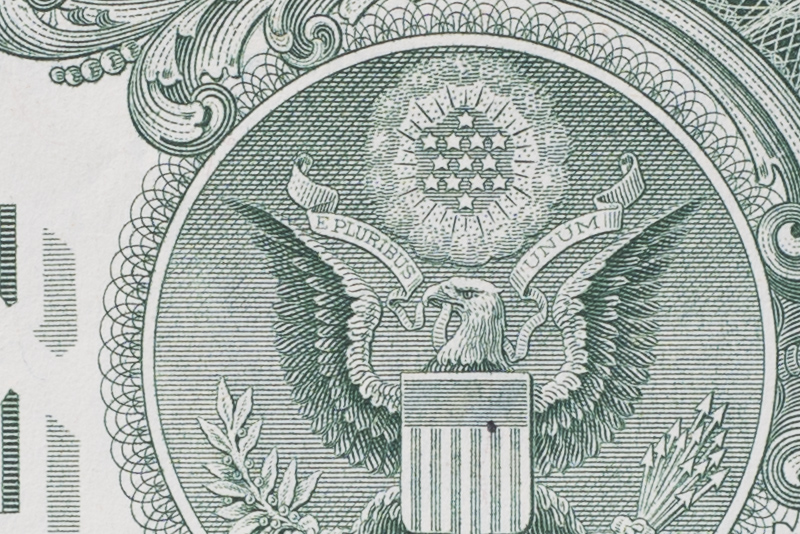

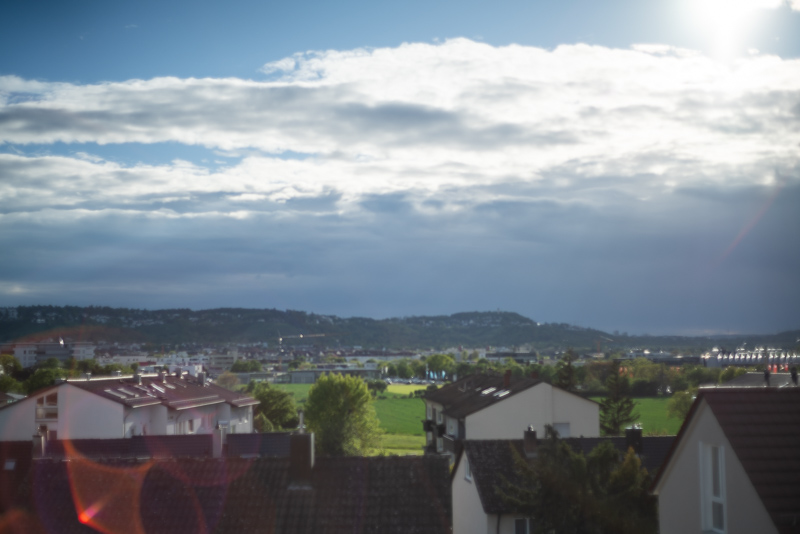
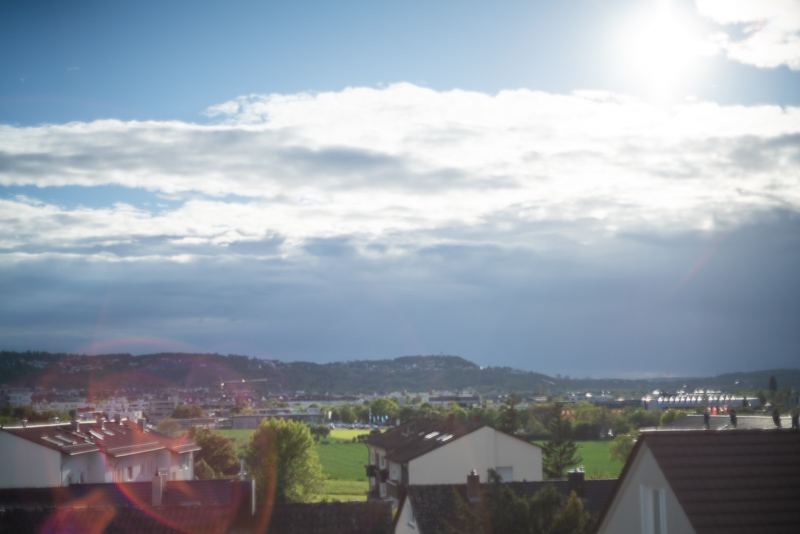
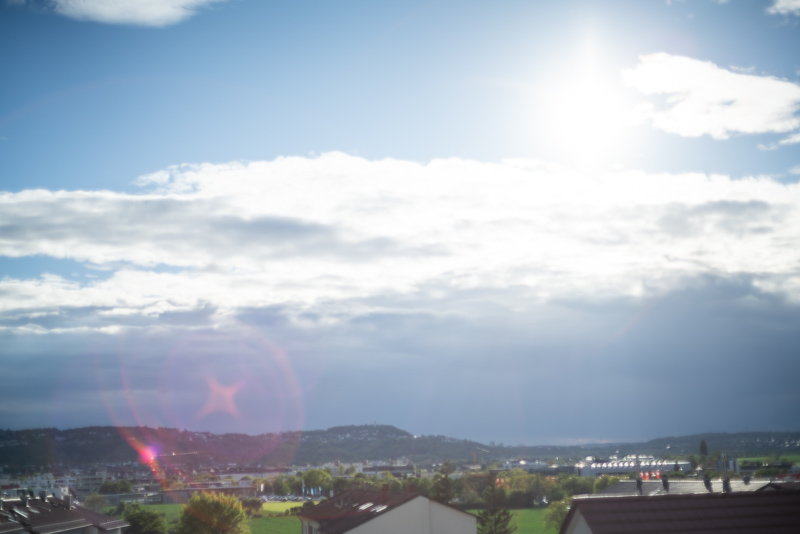
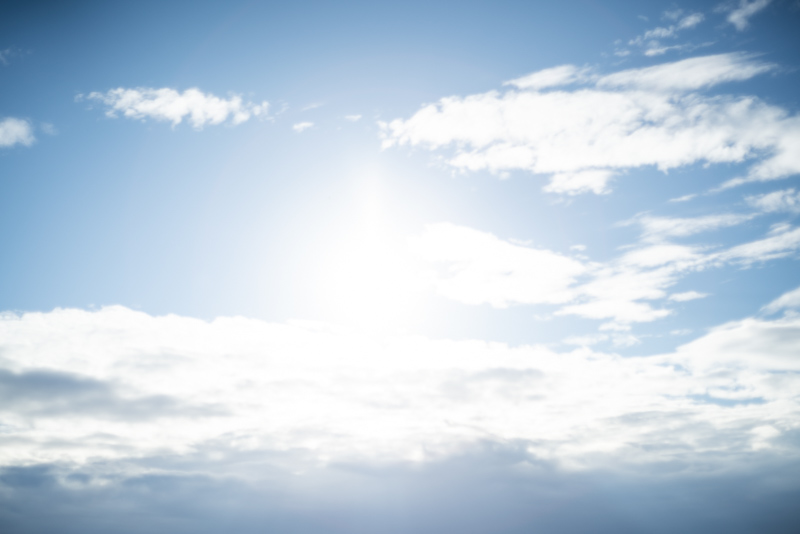


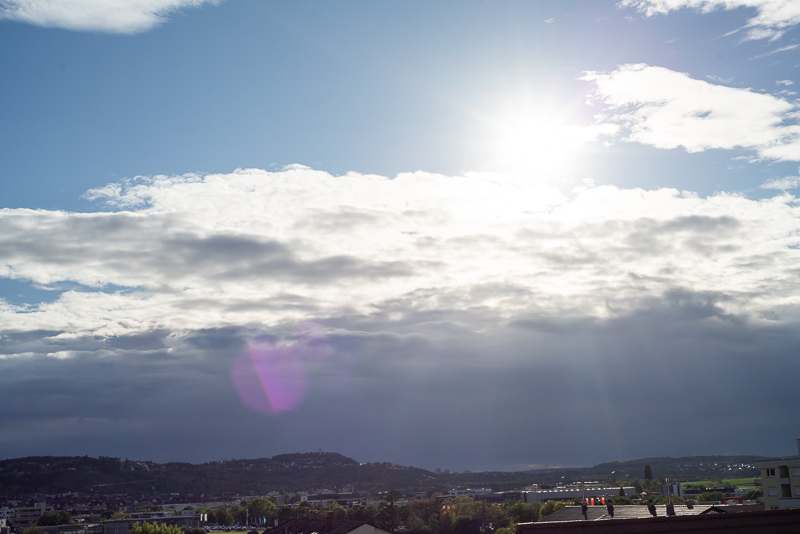
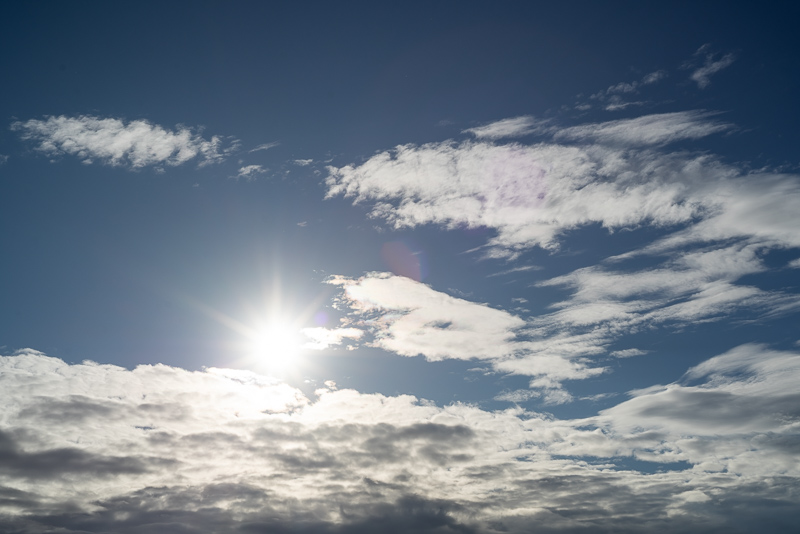


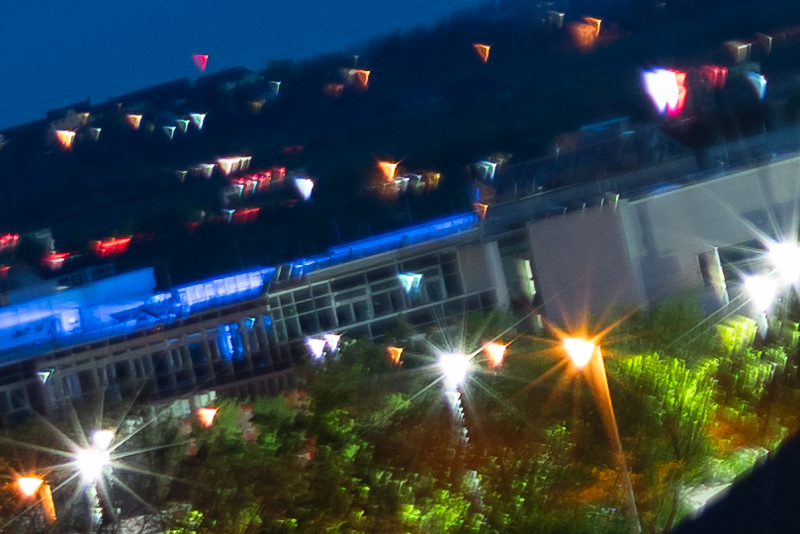
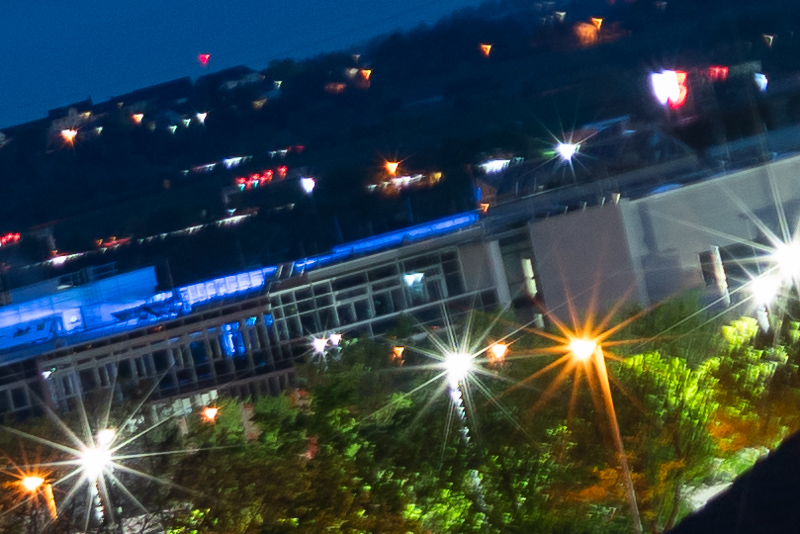




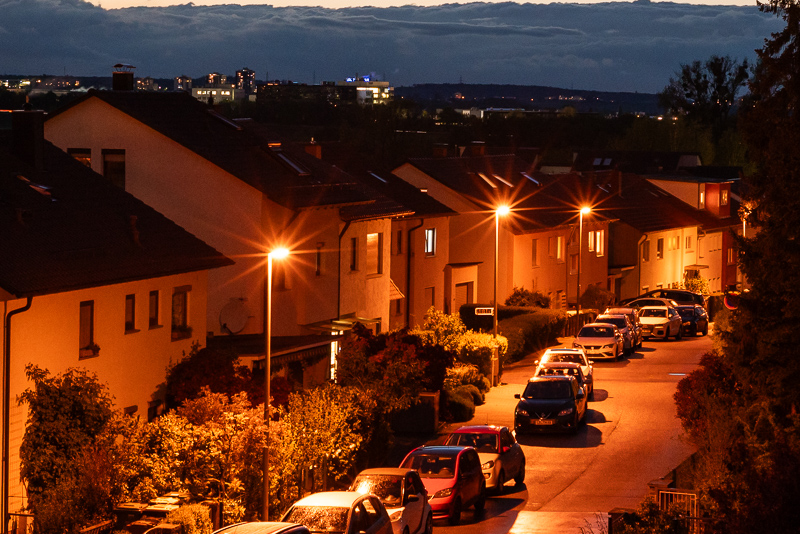
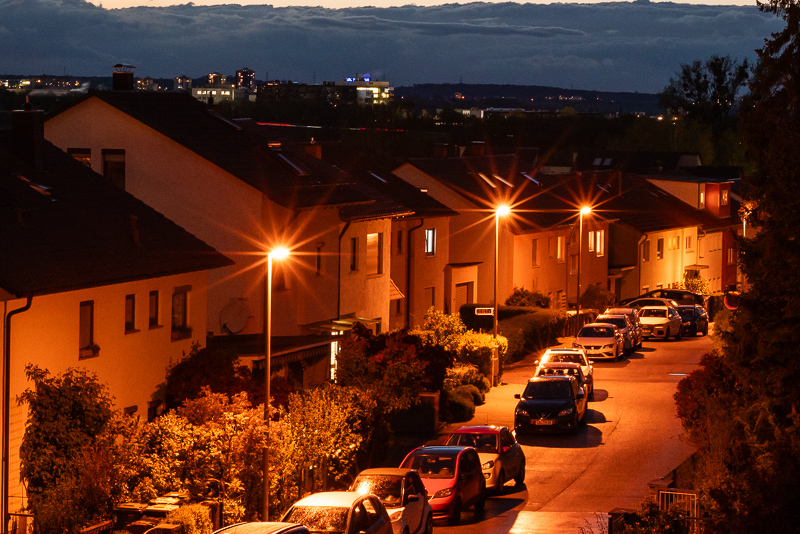

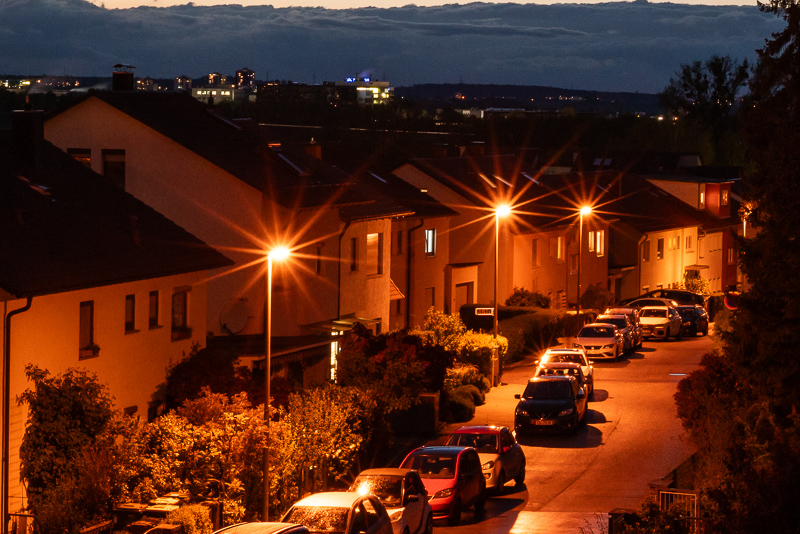
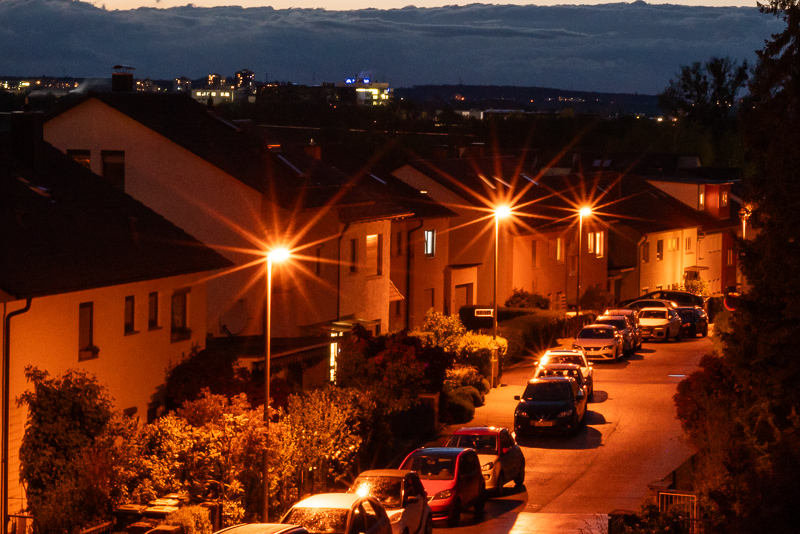
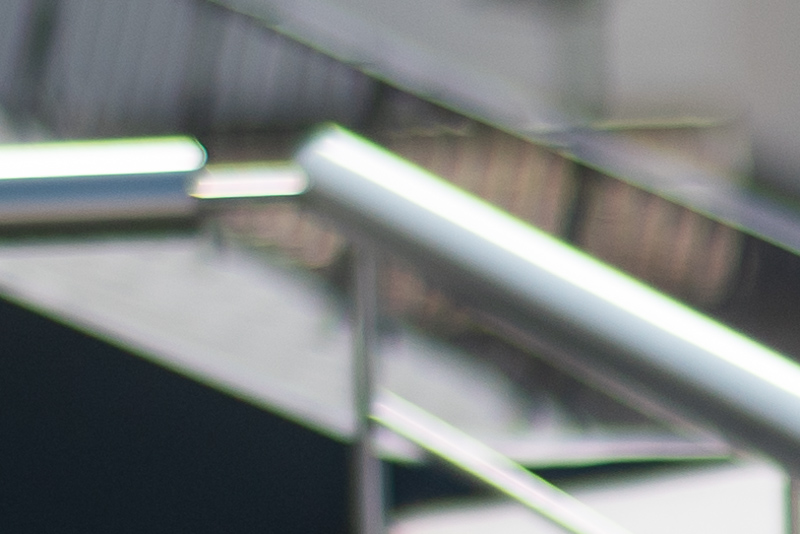
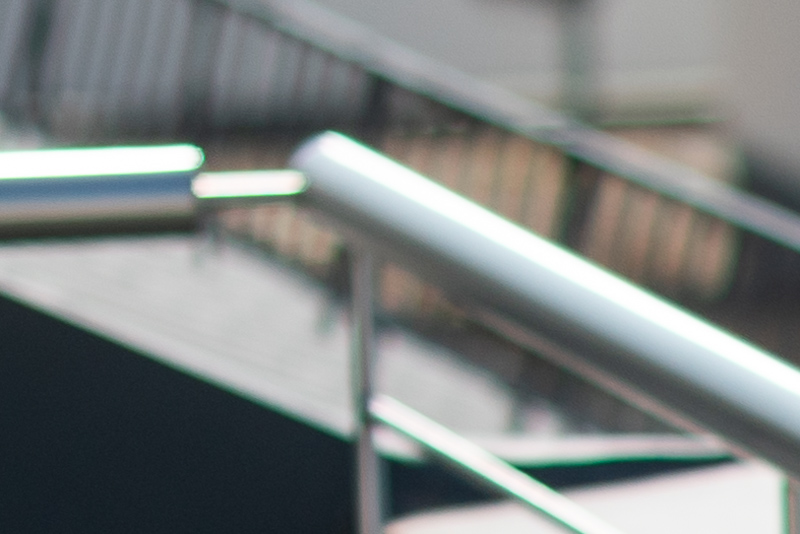
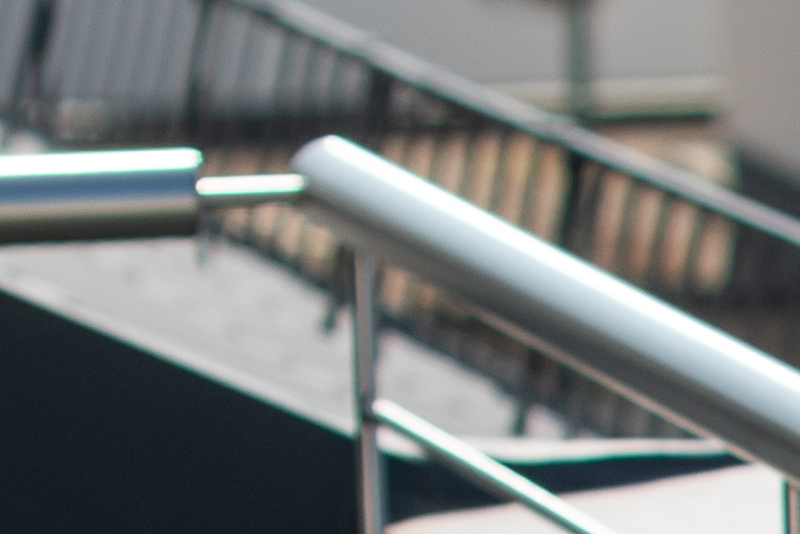
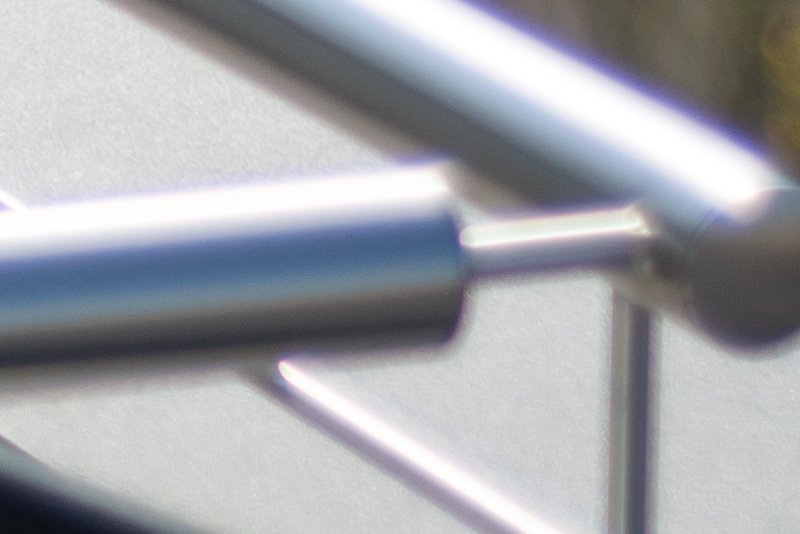



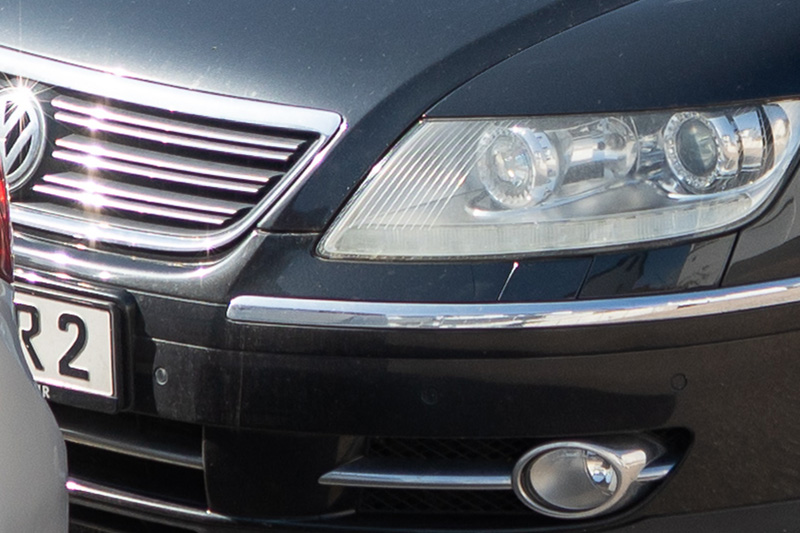

It’s nice to see this classic hit reviewed through your “benchmark” 👍
Indeed. These are always very fun reviews to read, and useful too (I did rely a lot on old reviews from Phillip and the gang back when I was establishing my vintage collection).
This lens was never on my wishlist simply because I didn’t like the bokeh relative to some other 50mm options, and what you said about the size with added adapter (to add salt to the would, Nikon F is one of the longer adapters too).
I’d see much more appeal if I ever used a Nikon (D)SLR, and some still do.
I much appreciate the effort, especially knowing how such reviews generate even less traffic and income than “regular” reviews, whilst demanding the same amount of work.
Admittedly, reviews that generate income are the clear minority 😅
I recently picked up an FM2n as my first film camera and was looking to keep my own film adventures limited to a narrower range of lenses.
I was leaning towards the CV 58mm f1.4 for people pictures and the CV 40mm f2 for random walkabouts.
But I will not get to try anywhere near as many lenses and I was interested in your current favourite go-to setup with a nikon film camera.
I am actually very interested in your thoughts on compact digital lenses for Sony too but I thought that might be too much to ask of you.
I have read your 58mm f1.4 review already.
Thank you for all your reviews.
All the modern Voigtländer SL lenses are well rounded and capable.
If you like something in the 58mm range the 58mm 1.4 is an easy recommendation.
The 40mm I didn’t review yet, but as a compact option it also makes a lot of sense.
In the E-mount world looking for compact lenses the Samyang Remaster Kit looks most appealing to me at the moment.
Hi Bastian,
thank you for this review. I confirm your results. Nevertheless, I like the lens. I inherited it from my father. It was the first one I used on my Sony A7 in 2015 for the first year. As a student at the time, I had no money and couldn’t afford other lenses.
With this little Nikon, I learned to focus manually and to work with the A7.
Unfortunately the lens could never take advantage of its compact size on the Sony because the adapter was bigger than the lens itself.
Best regards, Mathias